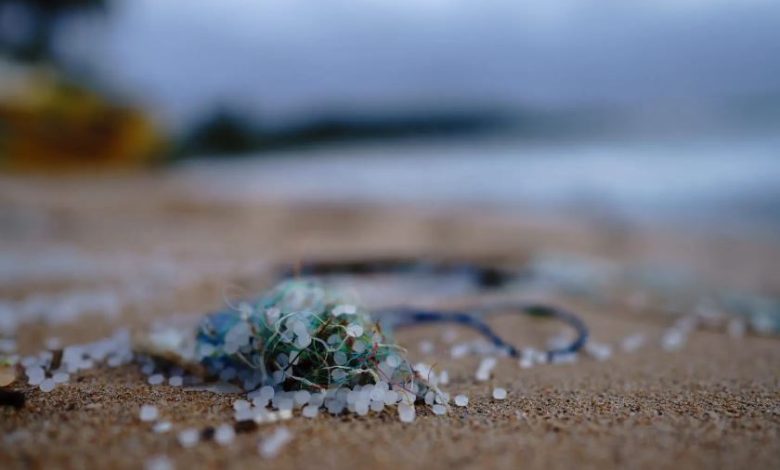The study that will show the real extent of microplastic pollution

(Susatinabilityenvironment.com) – That microplastics are a very serious matter and that their presence has now been recorded everywhere is well known and acclaimed. We know for sure that they have been found in virtually every ecosystem, from Mount Everest to the Mariana Trench, from the most remote beaches to urbanized metropolises; there are microplastics in the blood of humans and many farm animals. An April 2022 study by the Swiss Federal Institute for Forest, Snow and Landscape Research (WSL) showed the presence of nanoplastics in the roots of forest trees, from which they would then extend to leaves and branches.
Read also Microplastics found in human blood for the first time
What is complex is to identify the extent of the phenomenon: we talk about invisible particles, even smaller in the case of nanoplastics, and despite the many experiments developed for their measurement is still far from the prospect of a timely quantification of their presence.
Measuring the extent of pollution from microplastics is the goal of the SEA Plastics expedition, which is furrowing the Mediterranean to make measurements that give us an idea of the phenomenon.
SEA Plastics is a non-profit organization founded in 2016 by students of agroparistech – a French institute of technology specializing in life sciences and the environment – that every year crosses the Mediterranean Sea by measuring and collecting samples of microplastics to estimate the extent of pollution generated by them. At every stopover, the team’s scientists and scientists inform and raise awareness of the citizenry.
The goal of the 2022 expedition is to test and develop new methods to carry out the characterization of microplastics and study micropollutant transport models. Data collection will allow researchers to study how plastic’s aging process is affected by a number of different environmental factors.
To accomplish this quest, the team tied a series of strips at different heights of the ship. Every 10-12 days these are removed and replaced, and then analyzed in the laboratory: “The idea is to observe how UV rays, wind and marine spray alter the structure of these plastics over time,” explained Laurine Planat, student of the School of Life Sciences of the EPFL (SV). “Back at the lab, we will analyze the strips under the scanning electron microscope and compare our observations with the meteorological data from where we sampled them.”





